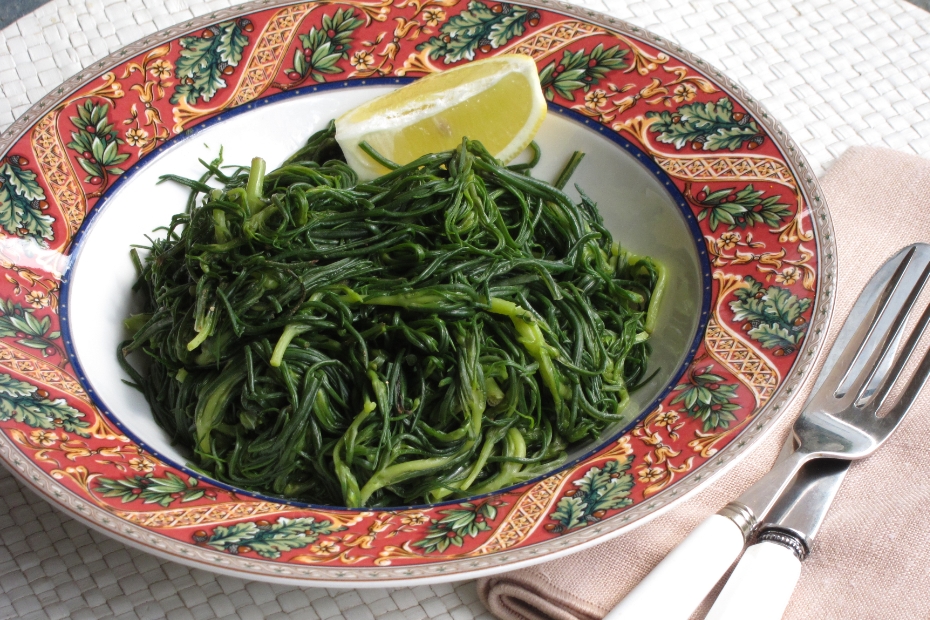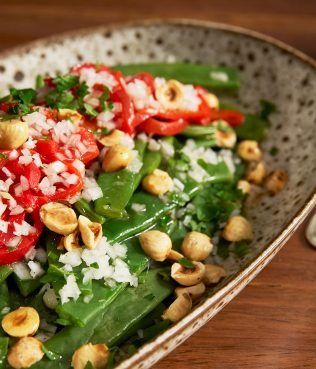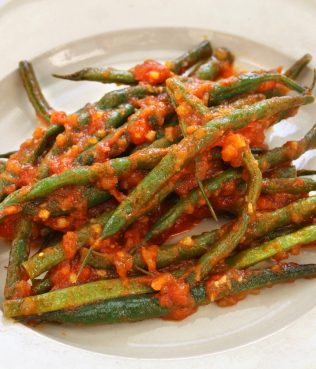
Tamarisk, sort of the first warm-weather Greek green…
Αrmyriki or almyriki is one of the few warm-weather Greek greens. (When the weather dries up in spring, not that many edible greens grow wild.) I believe (if anyone knows otherwise, please do contact me) that it is related to the Tamarisk (salt cedar), one of the very few trees mentioned in the Bible and one that grows wild, rooted in sand, on beaches all over Greece. It has thin, feathery but succulent leaves that do, indeed, possess an innate saltiness. These tender greens are in season in the spring in Greece. Greeks boil them and serve them either hot, chilled or at room temperature, with a generous pouring of olive oil and freshly squeezed lemons. They are great pickled, too. Almyrikia are an excellent source of vitamins C and E and are rich in iodine and minerals.
You can find almyrikia now in Greek farmers’ markets and on restaurant menus. This green is a favorite in fish tavernas and seafood restaurants. It is delicious with fresh anchovies, grilled sardines or shrimp, and a whole range of other simply prepared seafood. It has its own distinct flavor and needs very little in the way of extraneous embellishment.
Ingredients
- Almyriki a
Instructions
-
To cook: trim the tough stems, bring water to a boil and season with salt, and boil the greens until tender, about 8 – 10 minutes. Serve with olive oil and fresh lemon juice.









